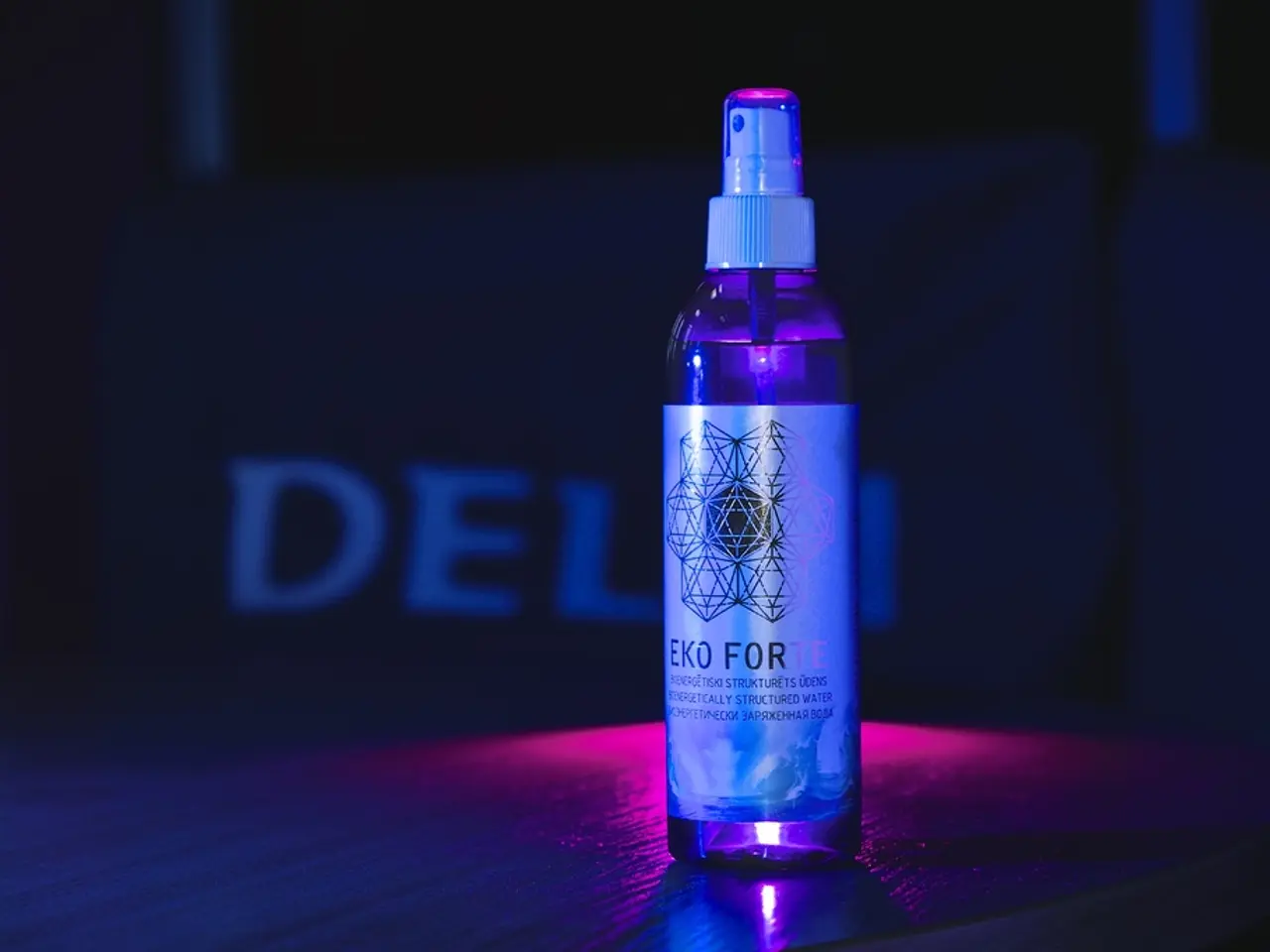A life-saving accessory: The latest tool in the battle against date rape drugs
In an innovative stride towards enhancing personal safety and combating sexual assault, researchers from Spain and Portugal have developed a groundbreaking Gamma-hydroxybutyrate (GHB) detecting bracelet. This wearable device, designed to resemble an ordinary festival wristband, is already being distributed to concerts, festivals, and popular clubs across Spain and Portugal.
The bracelet works through embedded miniature colourimetric chemical sensors that can detect the presence of GHB in drinks. To use it, a small section of the band is wetted with a drop of the drink; if the bracelet changes color to green, it indicates the presence of GHB or similar substances. This rapid, easy-to-interpret alert provides a vital tool for individuals to avoid consuming drug-laced drinks, thus preventing incapacitation and vulnerability to sexual assault.
The bracelet's practical design makes it suitable for use in festivals, clubs, or social events where date-rape drugs may be surreptitiously added to drinks. Its lightweight, biodegradable, and concealable nature ensures it can function as an everyday accessory, offering a proactive personal safety tool.
The potential impacts of this device are significant. Early detection of drug spiking can reduce the incidence of drug-facilitated sexual assault (DFSA), a problem that affects one in three adult women in the EU. The bracelet could also contribute to wider social and legal recognition, potentially aiding in evidence collection and deterrence when such assaults are attempted or committed.
In comparison to other drug-detection gadgets, the bracelet provides a mobile, personal, and discreet testing option that can be continuously worn, improving practical accessibility and immediate testing capability. Researchers are already working on a second generation of the device, which aims to gain formal recognition from law enforcement agencies across Europe.
Following the introduction of the wristbands in the Valencia region, the number of reports of attempted intoxication at festivals dropped to almost zero. This promising outcome underscores the bracelet's potential to significantly reduce the incidence of sexual assault.
The cost of a single wristband is expected to be between €3 and €5, with packaged versions containing multiple bracelets bringing the cost of daily protection down to less than €1. The creators hope that funding will be provided by event organizers, local authorities, and public institutions to ensure widespread accessibility.
The mere fact of having the wristband can serve as a deterrent to potential perpetrators, providing an additional layer of security for those who choose to wear it. This innovative technological advance represents a meaningful contribution to personal safety and sexual assault prevention efforts, particularly in environments prone to drug-facilitated crimes.
In addition to this bracelet, other technological and chemical solutions are available for detecting intoxicating substances, such as disposable test strips, discreet stickers, and temporary tattoos. However, the GHB detecting bracelet stands out for its continuous wearability, practical accessibility, and immediate testing capability.
As the use of this groundbreaking device expands, it is hoped that it will not only save lives but also empower individuals to take control of their safety in social settings. The future of personal safety technology looks bright, with innovations such as the GHB detecting bracelet leading the way.
- This Gamma-hydroxybutyrate (GHB) detecting bracelet, designed for use in festivals, clubs, or social events, is an innovative stride in the field of health-and-wellness, aiming to combat sexual assault and promote fitness-and-exercise by ensuring safe environments.
- By employing embedded miniature colorimetric chemical sensors, the bracelet provides a rapid, easy-to-interpret alert, allowing individuals to avoid consuming drug-laced drinks and reducing the risk of sexual assault, especially in women.
- The bracelet's practical design, combined with its lightweight, biodegradable, and concealable nature, makes it a valuable addition to one's lifestyle, offering a proactive personal safety tool in the realm of general-news and education-and-self-development.
- In the realm of technology, the GHB detecting bracelet offers a more accessible and discreet testing option compared to other drug-detection gadgets, paving the way for men's-health and women's-health improvements.
- The sports industry can also benefit from this device, as it has the potential to improve safety measures in competitive environments prone to drug-facilitated crimes.
- Lastly, the bracelet's significant impacts on personal safety and sexual assault prevention have the potential to be replicated in other regions, leading to advancements in the health-and-wellness sector at large, thereby contributing to a more secure world for everyone.




